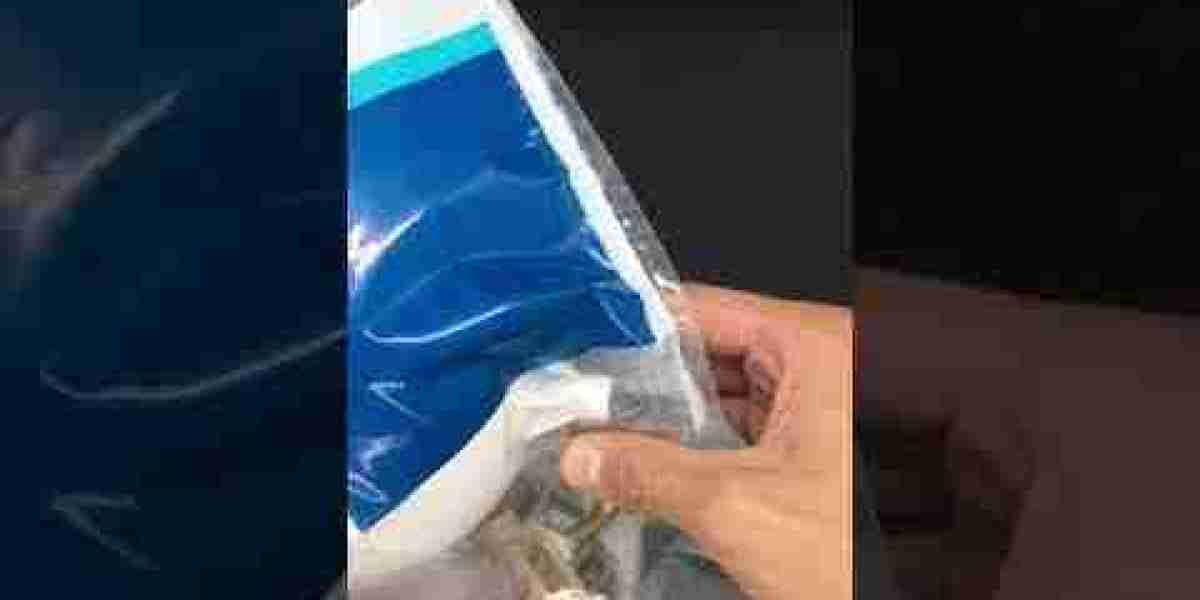Transporters of schoolchildren must soon obey robust new regulations to reduce bloodshed on the roads.
The new regulations by the National Transportation and Safety Authority (NTSA) are expected to curb carnage in general.
The authority has come under scrutiny following the recent spate of road accidents, one of them involving the death of 11 students on a bus in Voi on March 23.
On Monday evening, at least 11 people were killed and more than 40 others injured in two separate road accidents.
On March 1, a remote system of speed governors and limiters went into effect, providing information on moving vehicles.
NTSA has proposed two key regulations it says will greatly reinforce order and raise the bar for compliance
Starting this week, members of the public are expected to give their views on Draft School Transport Regulations 2024 and Draft Heavy Commercial Service Vehicle Regulations 2024.
NTSA Director General George Njao said the regulations have been in the works for more than a year and are not a knee-jerk reaction to recent road deaths.
“We identified a risk on school transport, not the regulated school buses but parents who have contracted certain individuals to provide transport for their school-going children,” he said.
In a wide-ranging exclusive interview with the Star, the NTSA boss said the regulations followed concerns that some vehicles that parents join forces to hire are dilapidated and largely unregulated.
“We have enhanced the regulations to introduce technology. The vehicles will be fitted with telematics and dashboard cameras to monitor the behaviour of drivers and occupants,” Njao said.
“We have heard from the Education Ministry of harassment and bullying in school transport systems. The idea is to give parents the comfort of knowing where their child has been picked and dropped, and how the vehicle is being operated,” the NTSA director general said.
In the rules, NTSA calls for vehicles transporting children to have minders on board, for instance, to help them cross the road and check on their general safety.
“An area of concern is that when you drop a child in Standard 2, how do they cross the road?” Njao asked.
In another corrective measure, NTSA seeks to reintroduce road safety lessons in the school curriculum.
“We contracted the Kenya Institute of Curriculum Development (KICD) to slot road safety in the school curriculum,” the NTSA boss said.
He cited the old times when road safety officers visited schools to teach children how to conduct themselves around roads.
“We lost it at some point but we want to integrate and entrench it in the school curriculum so children carry the knowledge of road safety throughout their lives,” he said.
Njao said the lessons will also help children know the dangers of playing by the roadside or in parking lots. He said it was regrettable that the shrinking public spaces have pushed children out of their playing fields.
“We want to ingrain in children’s minds, even when they are playing in estates, the road area and parking area are not play areas.”
Njao said NTSA has adopted a holistic approach that extends beyond highways.
“Road safety is not just about highways. Statistics show that those who have died inside vehicles are fewer than those killed outside,” he explained.
He said accidents were largely caused by drunken driving not just alcohol but other stimulants – plus speeding, fatigue, failing to plan a journey, and lack of courtesy.
Njao said medical conditions are also at play, indicating that drivers could soon be subjected to medical checks.
“We want to undertake a medical assessment of drivers using the existing legal framework,” Njao said
NTSA, together with road agencies, has also mapped blackspots on major highways and will work with the Kenya Roads Board to improve signage.
“We are going to the second phase targeting potentially dangerous areas. We believe if a driver is given more information, she or he would be able to operate a vehicle in a much better manner.”
NTSA also aims to increase enforcement at night “as it seems to be the time when a lot of the accidents are happening.”
Njao said since a blanket ban on-night travel ban is impractical, it would be up to Saccos as a self-regulating entities to ensure only rested drivers are behind the wheel.
Heavy commercial vehicles will also be subject to new regulations beyond the Traffic Act, which is not specific on large transport vehicles and how to handle dangerous
“We are tightening some of the gaps that are being exploited… We will also bring garbage and sand trucks under the regulations. Some of the sand trucks don’t come for inspection, owing to the routes of their operations.”
Njao dismissed assertions that NTSA and the concerned authorities have employed a knee-jerk reaction to road carnage.


